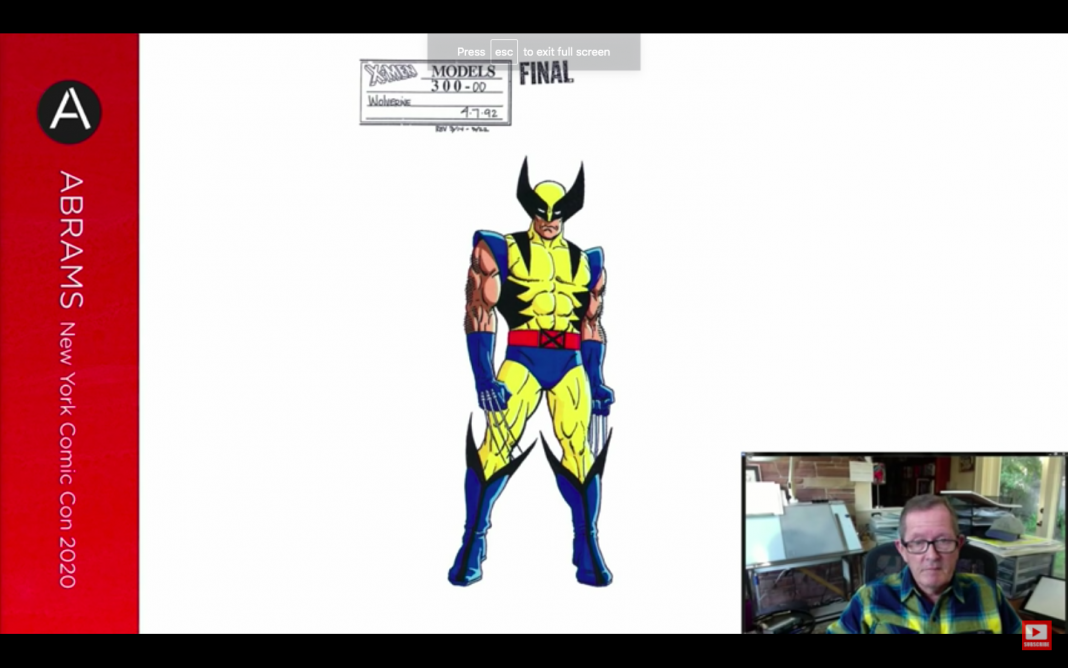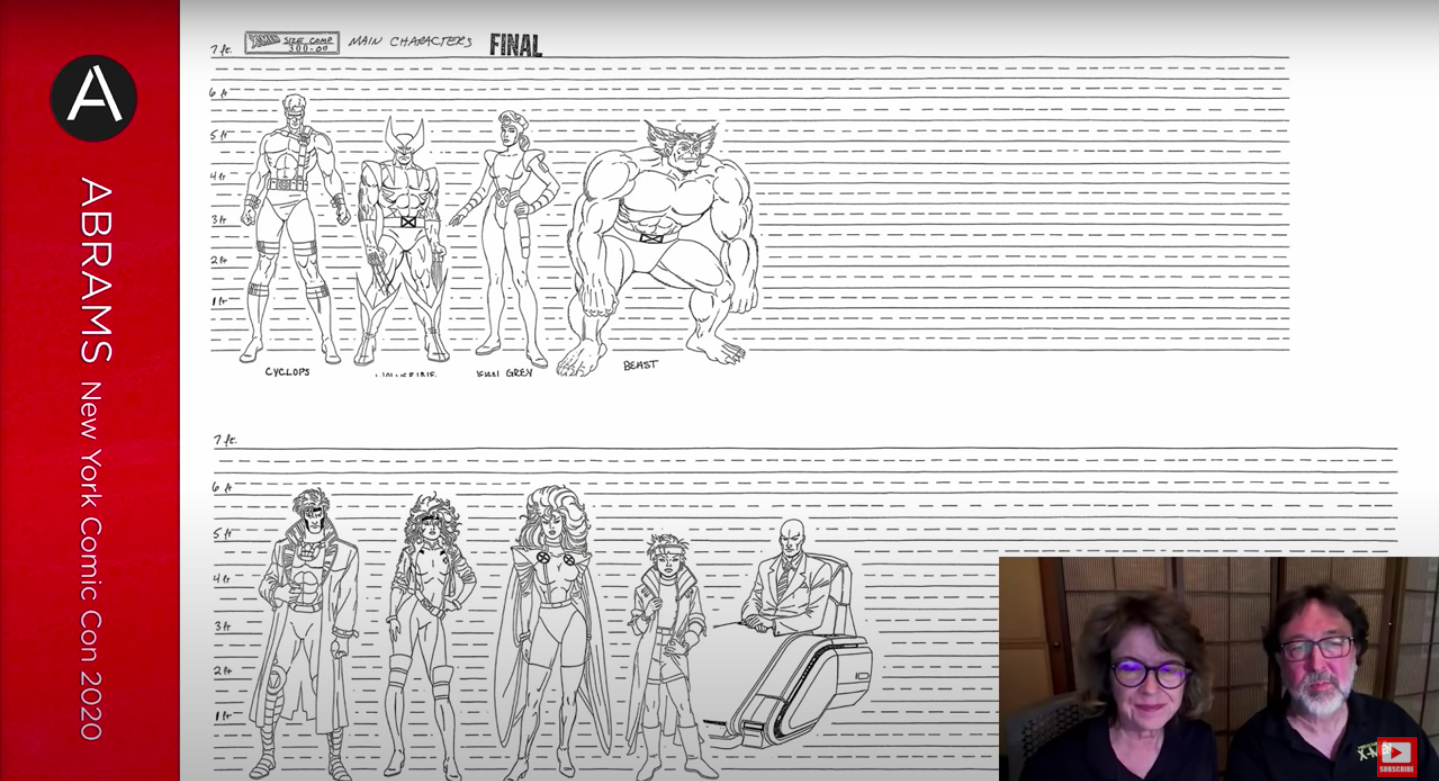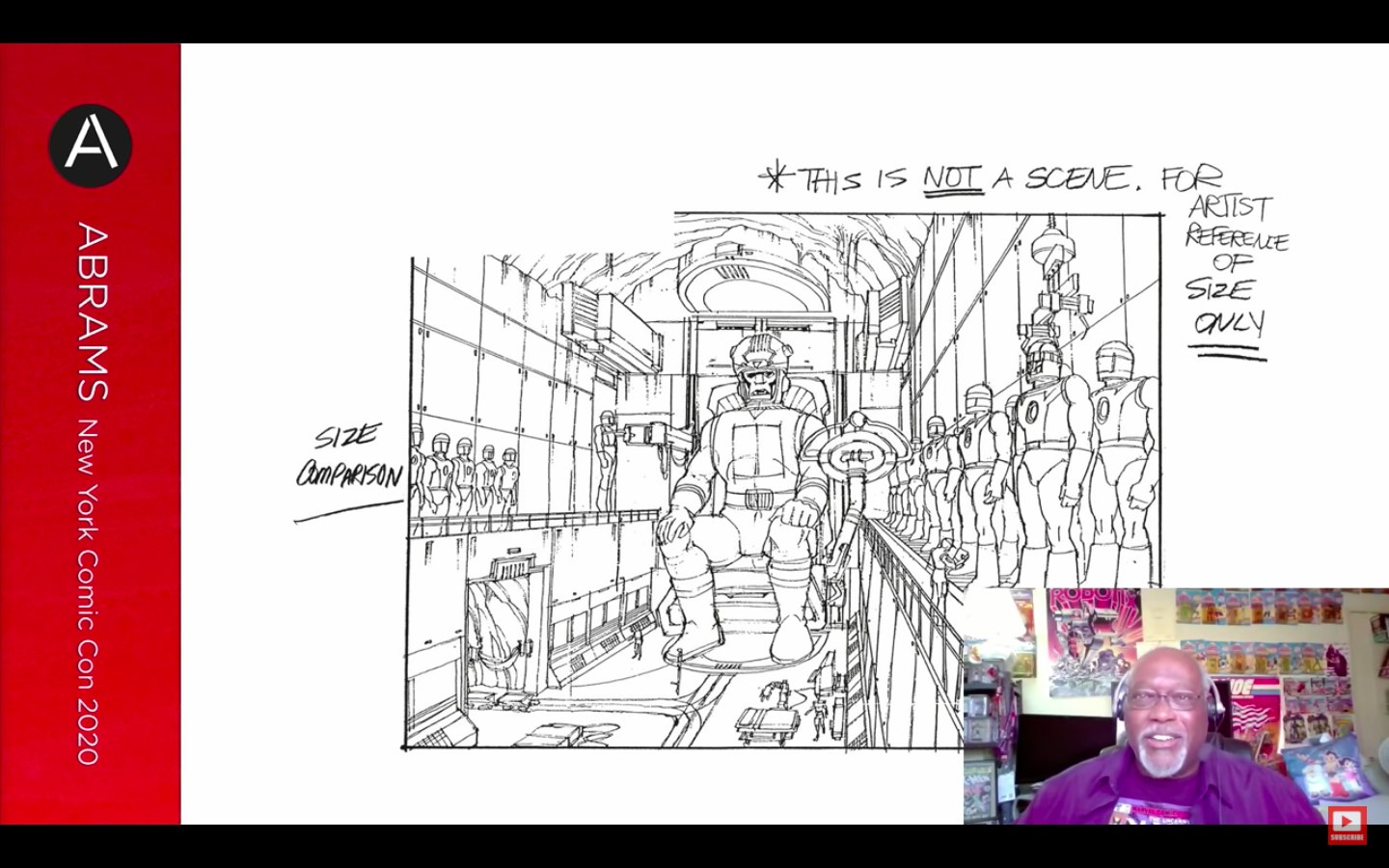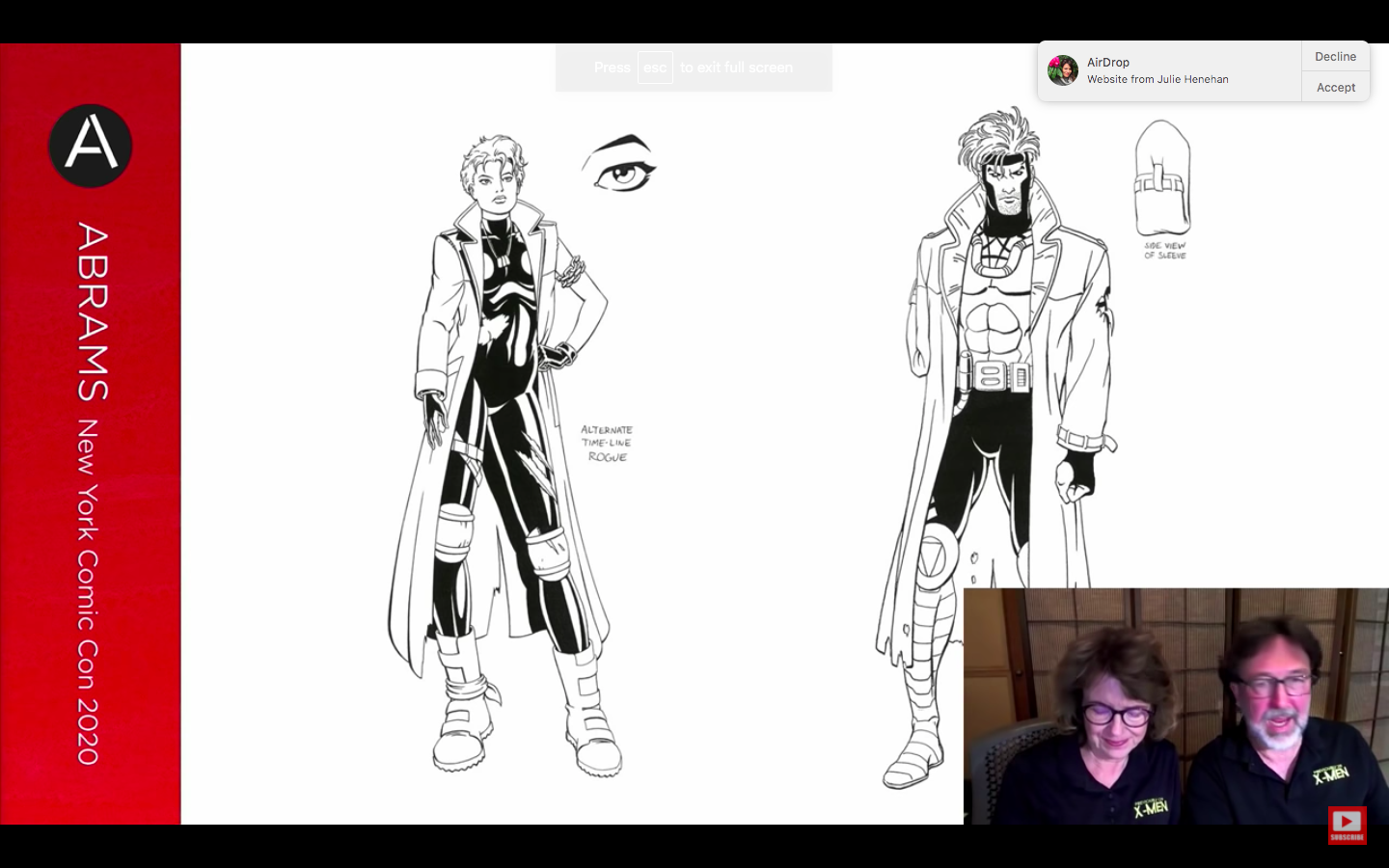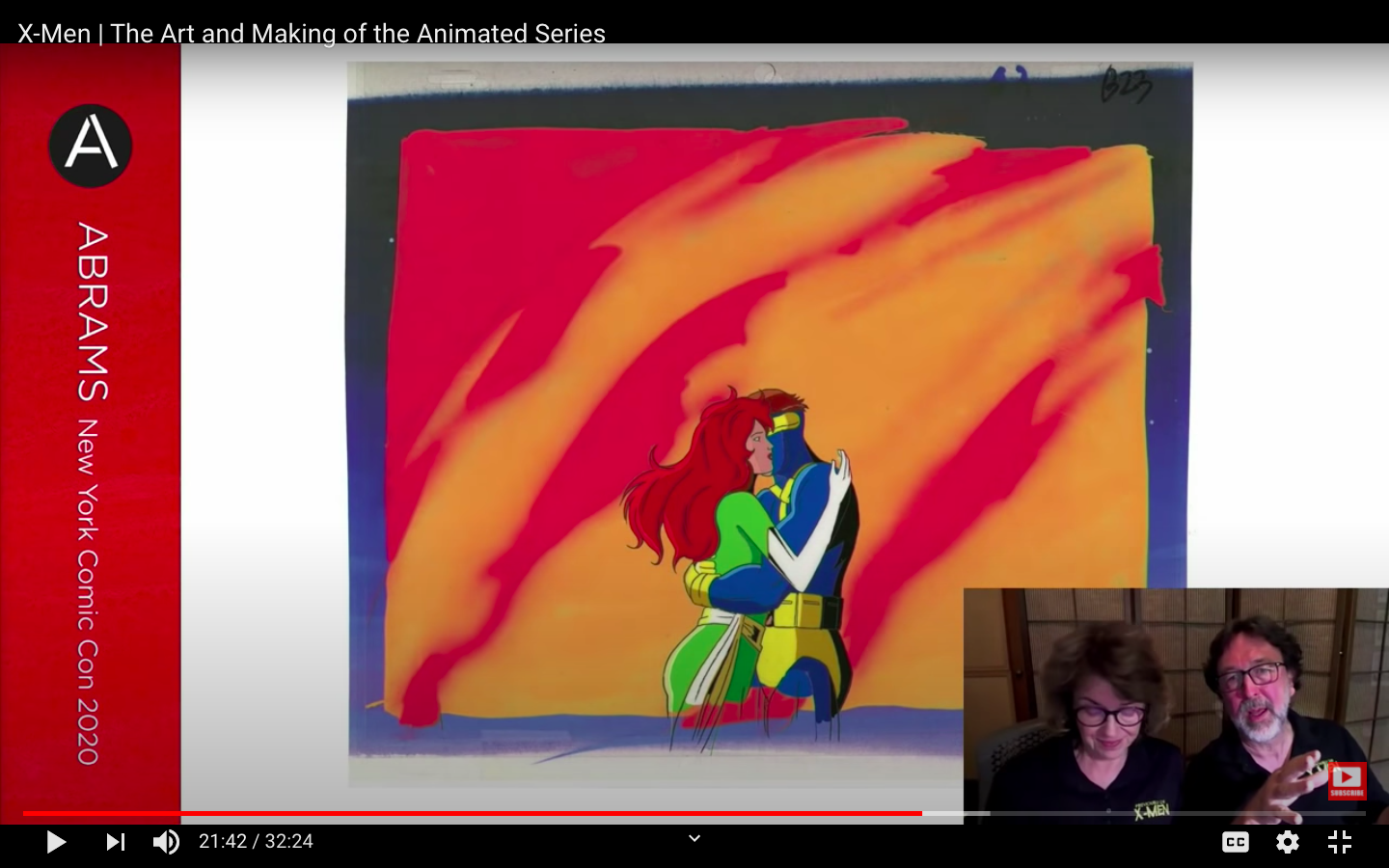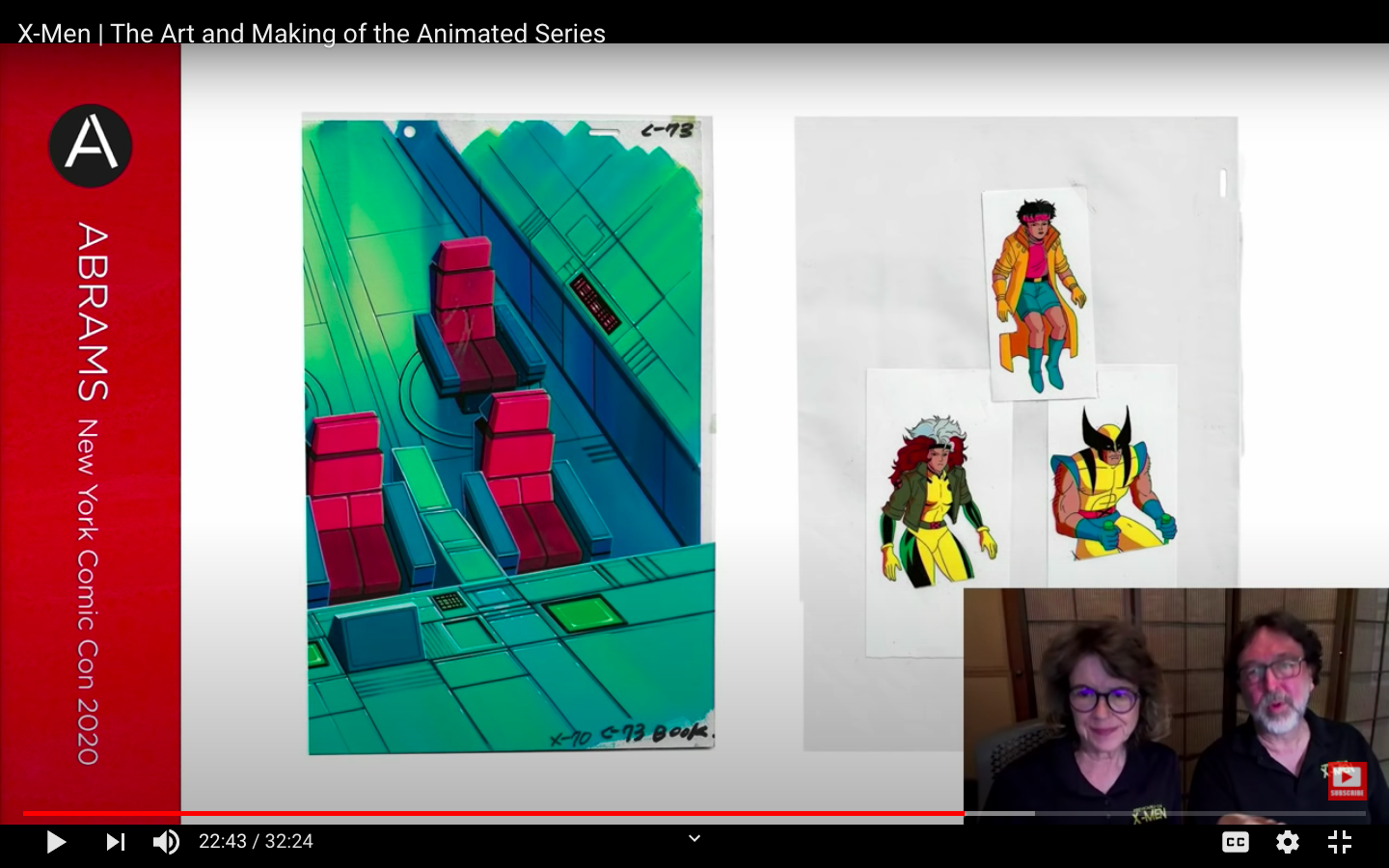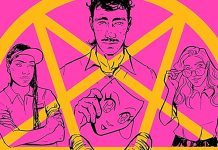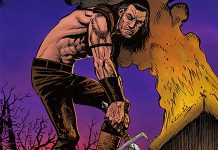It’s been nearly 20 years since X-Men: The Animated Series debuted on Fox Kids Saturday morning. At New York Comic Con’s Metaverse this past weekend, members of the team behind the making of the show came together to discuss the upcoming book from Abrams, X-Men: The Art and Making of the Animated Series. The panel was moderated by Sven Larsen. On the panel were Eric Lewald, Julia Lewald, Larry Houston, Rick Hoberg and Stephanie Graziano. The impetus for this panel came about years ago when Sven came across a book by Eric called Previously on X-Men. Sven described it as an amazing tome with one drawback: it was in black and white with no color images. He described it as full of interviews with the creators of the show, and seemed like the perfect college textbook on X-Men: The Animated Series (side note: I would like to enroll in this class).
Sven tracked Eric down online and pitched the idea of teaming up to make a coffee table book on the series. Everyone besides Sven on the panel worked on the show. Julia Lewald was a writer on the series and Eric Lewald was responsible for all the stories for the length of the five year series. Larry Houston served as the Producer-Director of X-Men. “I tried to put together the best world of merging comics and cinema together so that it would succeed.” Remembering how fanatical my high school classmates were about X-Men: The Animated Series, succeed they did. Rick Hoberg was the head designer of the series. He designed the models for all the main X-Men including Wolverine and Professor X. The final member of the panel was Stephanie Graziano, the head of Graz Entertainment. Stephanie was the boss of the series. She left Fox Kids to start Graz Entertainment with her husband, and launch this series.
Rick showed off some of his original character designs, both for Wolverine and the rest of the X-Men. The behind the scenes book, coming from Abrams, is packed full of these design sketches, giving fans a first hand look at how this classic Saturday morning cartoon show came together.
The team pointed out how hard it was to bring all this production art together for this book. These drawing weren’t in a Fox, Marvel or Disney vault. “People used to throw stuff out. Back then, people were onto the next job and would clear out space,” Julia explained. Eric continued, “Luckily, there was a design artist, Mark Lewis, who kept thousands of drawings.” Without him and few others, this book would not exist.
Larry showed off an unused scene involving Master Mold which was used to show everyone in the animation studio overseas the size comparison between the gargantuan Master Mold, the Sentinels and the human sized characters.
Rick Hoberg talked about his love for design work and storyboarding of the series. Going into the popularity of the series, Rick explained, “There was a real depth to the characters and people loved them for that. They knew exactly who they were.” Stephanie Graziano went on to explain that the only thing that got in their way was the series’s budget, which she was in charge of enforcing. Everyone loved every script, she said, but she would often have to go back to Eric and Julia and ask for them to tone down the number of characters and special effects on the screen to make things feasible for the animators. “We would go back and forth over the scripts and make them producible,” she explained.
Larry let the audience in the secret that one of the tricks that they used to make the show work really well was to minimize the movement but maximize the details on all the characters. He cited Mr. Sinister as an example, saying he made Sinister as detailed as possible, but would animate him sparingly, having him move in and out of the black, like a vampire, in order to save money on animation but still make the character look menacing.
Fully painted cels from the series are in the book, including this beautiful cel from the Dark Phoenix saga.
The team also showed off what it took in the 90s to animate scenes, showing off side by side the background for a scene aboard the X-Men’s Blackbird alongside the waist up drawings of the characters who would be overlaid atop the interior of the jet.
X-Men: The Art and Making of the Animated Series is a big book, weighing in at about five pounds. It’s a must read for all fans of the 90s cartoon classic, which is currently streaming on Disney+. X-Men: The Art and Making of the Animated Series is out now from Abrams Press.
Miss any of The Beat’s NYCC ’20 coverage? Click here!


